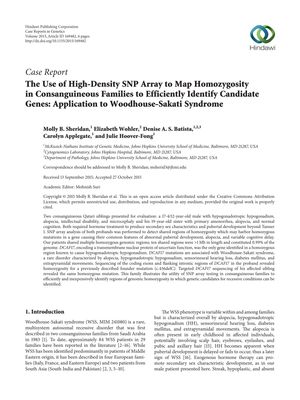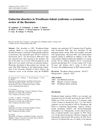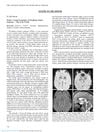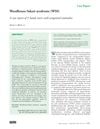The Use of High-Density SNP Array to Map Homozygosity in Consanguineous Families to Efficiently Identify Candidate Genes: Application to Woodhouse-Sakati Syndrome
January 2015
in “
Case reports in genetics
”

TLDR Using SNP array testing helped quickly find the gene causing Woodhouse-Sakati syndrome in two related individuals.
In a study from 2015, two consanguineous Qatari siblings with symptoms of Woodhouse-Sakati syndrome, including alopecia, were evaluated using high-density SNP array analysis to identify regions of homozygosity that could contain the causative gene for their condition. The siblings shared multiple homozygous genomic regions, with ten regions being larger than 1 Mb and making up 0.99% of the genome. The gene DCAF17, known to cause hypogonadotropic hypogonadism and associated with Woodhouse-Sakati syndrome, was identified within one of these regions. Both siblings were found to be homozygous for a previously described founder mutation in DCAF17 (c.436delC). This case demonstrated the effectiveness of SNP array testing in consanguineous families for identifying candidate genes for recessive disorders quickly and cost-effectively.


